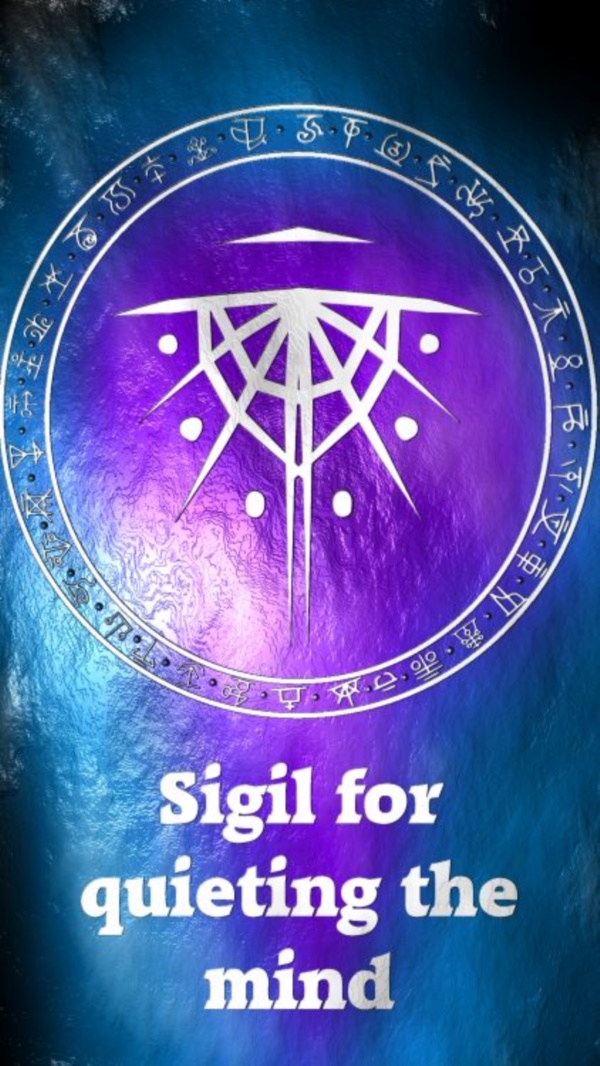

It would also be drawn on Viking ships before they set sail to ensure they would come back home safely. The Vegvisir, also known as the Viking compass/Nordic compass or the runic compass, is believed to provide guidance for a person who might lose/lost his way. Widely associated with Aegishjalmr or sometimes even confused with it on account of the similarity between the two, the Vegvisir is another Viking symbol comprised of rune staves. Vegvisir, The Viking Compass/The Runic Compass, The Viking Symbol of Guidance If you would like to read more about it, check out our Aegishjalmr post below: Today, the Aegishjalmur is drawn or used in form of tattoos as a protection symbol or a symbol of identification among Asatru believers. In fact, Viking warriors used to draw Aegishjalmr on their foreheads to be protected from their enemies and to instill fear in them.Īs one of several Norse protection symbols, Aegishjalmr is mentioned in several sagas regarding the deeds of the Viking heroes including the Völsunga Saga. We should clarify something at this point: the ‘helm’ part of Aegishjalmr here, which actually is the root of the word ‘helmet’ in English, does not refer to anything physical or mean a physical helmet – like many others chose to believe later on. The word Aegishjalmur is comprised of two different words in Old Norse language: aegis meaning ‘shield’ and hjalmr meaning ‘helm’. Aegishjalmr (also known as the Helm of Awe and terror) is a rune stave that is known as a Viking symbol of protection. The next one in our extensive list of Viking symbols is Aegishjalmr.

Aegishjalmur/Aegishjalmr, The Helm of Awe and Terror – Viking Symbols

The couple will leave the tree to bring life back again to the world.Īlthough the tree in question is not mentioned specifically or Yggdrasil is not clearly associated with the myth, it is believed by some to be the tree that will protect life from Ragnarok. The second reason is that it is believed for Yggdrasil’s fruits to provide youth for the gods, ‘giving them life’.Īccording to Norse mythology, the world will end with Ragnarok, a battle between gods with only a man and a woman surviving it by hiding inside the hollow of a tree. That is one of the reasons why it is called the Tree of Life. Yggdrasil stands in a spring according to the Norse faith which suggests all life comes from water. That is why Yggdrasil is considered the symbol of the interconnectedness of all things in the universe. Yggdrasil, the Tree of Life, is not only one of the most prominent Viking symbols/Norse symbols but an important element of the Norse faith itself.Īccording to Norse mythology, Yggdrasil is the Great Tree that connects the nine worlds/nine realms of the universe, namely Asgard, Midgard, Muspelheim, Jotunheim, Vanaheim, Niflheim, Alfheim, Svartalfheim, Helheim. Read more about the Valknut in our detailed post by clicking below: The nine corners of three triangles comprising the Valknut is also associated with the nine worlds in Norse mythology and the cycle of life through motherhood and pregnancy. These are the two main reasons why the Valknut is considered the symbol of Odin. In addition to that, Odin figures as well as figures and drawings of animals closely associated with him were discovered in many Viking tombs with the Valknut drawn or placed right next to them. The word ‘valknut’ is derived from two different words: ‘valr’ meaning slain warrior and ‘knut’ meaning knot.Īccording to Norse faith, in Valhalla (the Hall of the Slain), Odin, the god of death and war in Norse mythology, would welcome the warriors slain/killed in battle. Also known as Odin’s knot, Hrungnir’s heart, the knot of the slain warrior and the Heart of Vala, the Valknut is considered as the symbol of Odin. Without a doubt, the Valknut is one of the most prominent and popular Viking symbols.


 0 kommentar(er)
0 kommentar(er)
